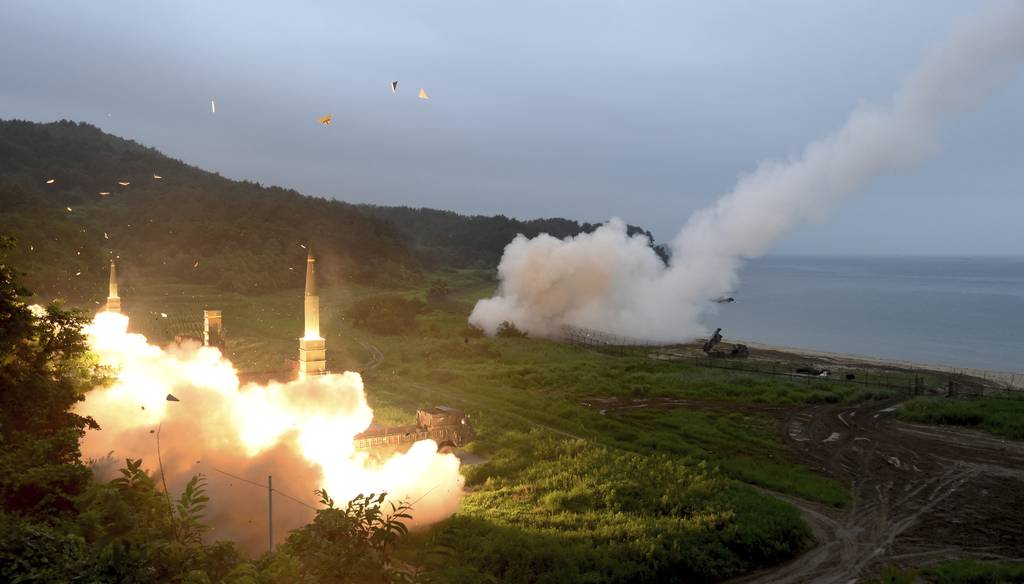SEOUL — South Korea will establish a strategic command by 2024 to oversee the country’s preemptive strike strategy and the assets to execute it, the Defense Ministry said during a meeting with the newly elected president.
During a July 6 seminar led by President Yoon Suk Yeol, the ministry discussed key defense policies meant to counter the threat of North Korean nuclear missiles, including the Kill Chain strategy and well as more efficient efforts to develop defense capabilities.
The ministry said the strategic command, which would fall under the purview of the country’s Joint Chiefs of Staff, is to integrate and efficiently operate all South Korean armed forces’ strategic weapons systems, currently controlled by each military branch individually. The command would also give the orders to subordinate military assets to strike enemy targets or intercept hostile missiles as part of the Kill Chain strategy and the Korea Massive Punishment and Retaliation plan.
Kill Chain is a preemptive strike strategy that the South Korean military would implement against key North Korean military facilities, such as missile silos, when intelligence organizations confirm an imminent attack. KMPR involves the use of ballistic missiles and highly explosive weapons against an offensive nuclear attack. Its purpose is essentially the total destruction of North Korea’s capital Pyongyang.
The units and capabilities that would fall under the forthcoming strategic include:
- The Army’s Missile and Strategic Command, which operates Hyunmoo ballistic missiles.
- The Air Force’s Missile Defense Command, which operates PAC-3 anti-air missiles, F-35A fighter jets and Global Hawk surveillance aircraft.
- The Navy’s 3000-ton submarines that feature sub-launched ballistic missiles.
- Military surveillance satellites.
- Cyberwarfare- and space-focused forces.
The military is also expected to adjust the duties of the Army’s Missile and Strategic Command and the Air Force’s Missile Defense Command.
“The key assets of Kill Chain and KMPR are individually managed by the Army, Navy and Air Force. I can assure that the STRATCOM [strategic command] would be highly efficient if those divided strategic assets of each military branch are combined as one single unit,” Uk Yang, the associate research fellow of Asan Institute for policy studies, told Defense News.
The former commander of the Air Force’s Air Defense Command, Myung-guk Kwon, agreed. “This means that one commander at a combined command center could execute offensive and defensive operations based on analyses of coherent information. I believe this will be an efficient command system.”
For the chain of command, a three-star general or admiral is expected to take the lead of the planned command, with the military branches taking turns to lead.
The Defense Ministry also said it plans to strengthen intelligence, surveillance and reconnaissance capabilities; preemptive strike capabilities; and the country’s missile defense architecture.
Daehan Lee was a South Korea correspondent for Defense News. He had previously worked at the U.S. and Belgian embassies in Seoul, for the People Power Party, and for election camps. He also served as a translator for the South Korean Navy. His interests include Asia-Pacific security, defense acquisition, South Korean politics and foreign policy.








